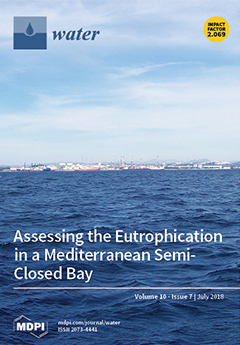Green roofs (GRs) are a feasible solution for mitigating increased runoff volumes in urban areas. Though many studies have focused their analysis on the quantity and quality of GR runoff, with respect to the relevance of specific site conditions in GR performance, the information gathered for the tropical Andes is not sufficient. This study assessed the hydrological performance and runoff water quality of 12 green roof modular systems located at the Universidad de los Andes campus (Bogotá, Colombia). Based on 223 rainfall events spanning a 3-year period, average rainfall retention was 85% (coefficient of variation = 29%).
t-tests, the Welch Test, multiple linear regressions, and correlation analysis were performed in order to assess the potential effect of air temperature, substrate type, vegetation cover, relative humidity, antecedent dry weather period (ADWP), rainfall duration, and rainfall maximum intensity. In some cases, GR design variables (i.e., substrate type and vegetation cover) were found to be significant for describing rainfall retention efficiencies and, depending on the GR type, some hydrological variables were also correlated with rainfall retention. Rainfall and GR runoff from 12 rainfall events were also monitored for total Kjeldahl nitrogen (TKN), nitrates, nitrites, ammonia, total phosphorus (TP), phosphates, pH, total dissolved solids (TDS), total suspended solids (TSS), color, turbidity, biological oxygen demand (BOD), chemical oxygen demand (COD), total coliforms, metals (i.e., zinc, copper, nickel, lead, selenium, aluminum, barium, boron, calcium, strontium, iron, lithium, magnesium, manganese, potassium, sodium), and polyaromatic hydrocarbons (PAHs). The results obtained confirmed that GR systems have the ability to neutralize pH, but are a source of the rest of the aforementioned parameters, excluding PAHs (with concentrations below detection limits), ammonia, TSS, selenium and lithium, where differences with control cases (rainfall and plastic panel runoff) were not statistically significant. Substrate type, event size, and rainfall regime are relevant variables for explaining runoff water quality.
Full article





